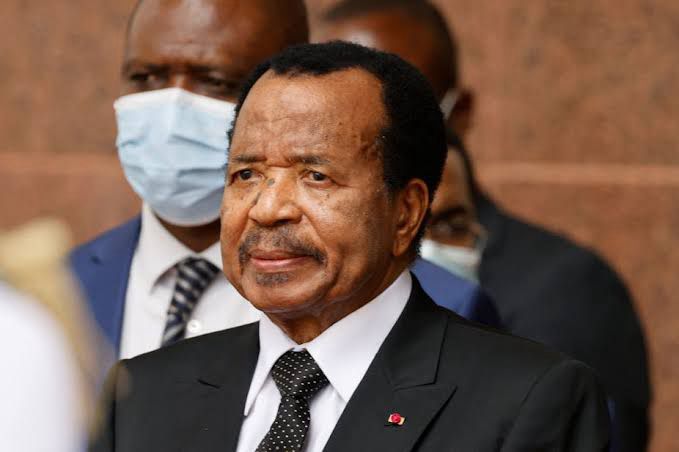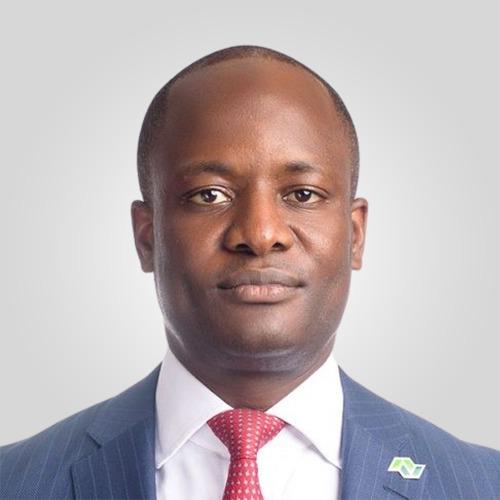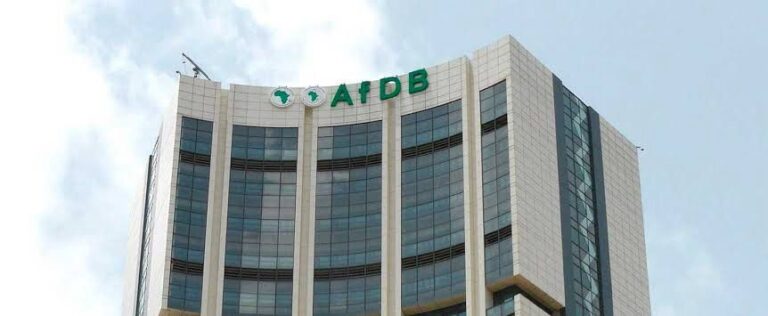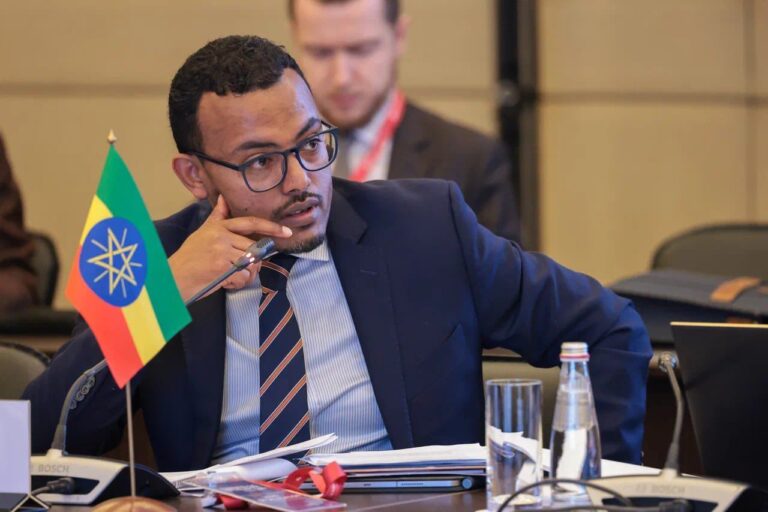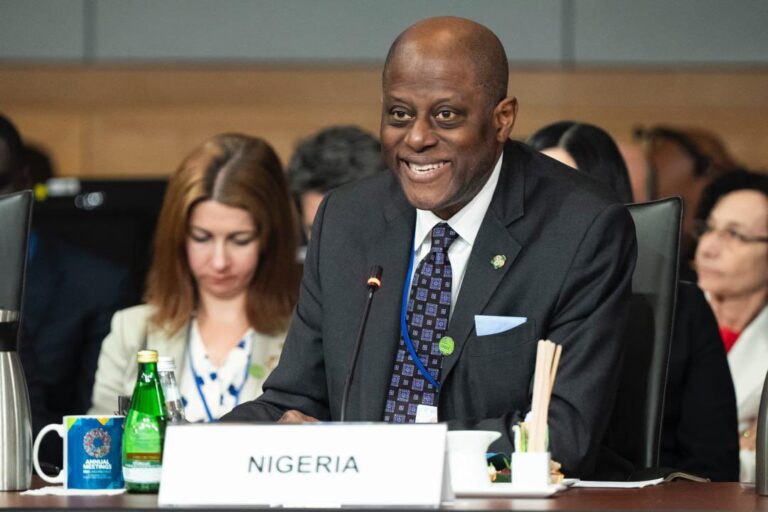Cameroon’s government has been granted authority to borrow up to 930 billion CFA francs ($1.67 billion U.S dollars) in domestic and external loans, following a presidential decree signed by President Paul Biya.
Presidential Decree No. 2025/409, signed on August 18, 2025, authorizes the Minister of Finance to mobilize the funds from a mix of sources, a strategy designed to diversify the government’s financial portfolio and manage currency exposure.
The decree outlines the following breakdown for the new debt:
- 350 billion CFA francs ($626.5) will be raised through the issuance of domestic treasury bonds, tapping into the local financial market.
- 250 billion CFA francs ($447.5m) will be secured from private lenders within Cameroon.
- 330 billion CFA francs ($560.7m) is earmarked for external loans from international banking institutions.
This move comes as the Central African nation grapples with a burgeoning debt profile and the need to finance large-scale infrastructure projects.
While the additional funds are expected to provide a crucial boost to the economy and address fiscal pressures, they also highlight the government’s increasing reliance on commercial borrowing.
The funds are part of a broader strategy to stabilize the national economy, which has seen its budget revised upward to accommodate rising debt service obligations, energy subsidies, and security spending. The borrowing also seeks to clear arrears, a persistent issue that has strained relationships with government contractors and suppliers.

Meanwhile, the new loans will add to Cameroon’s existing public debt, which was reported to be around 40% of the country’s GDP by mid-2025. While this remains below the 70% ceiling set by the Central African Economic and Monetary Community (CEMAC), the rapid increase in borrowing has raised concerns about long-term debt sustainability.



